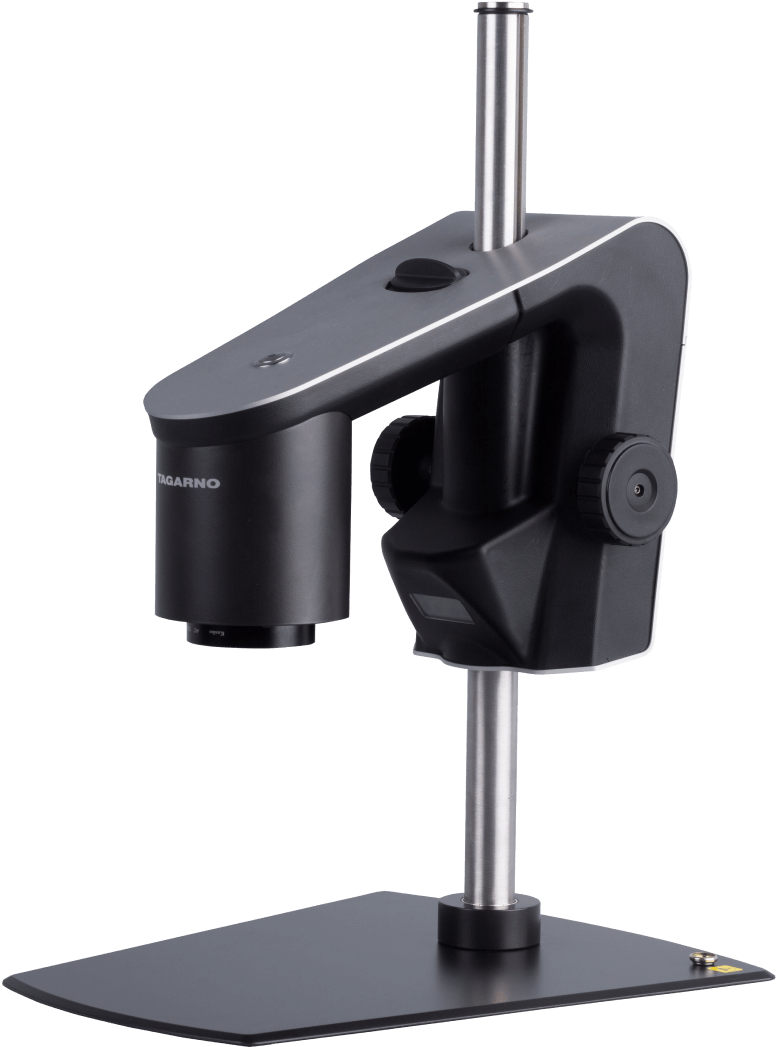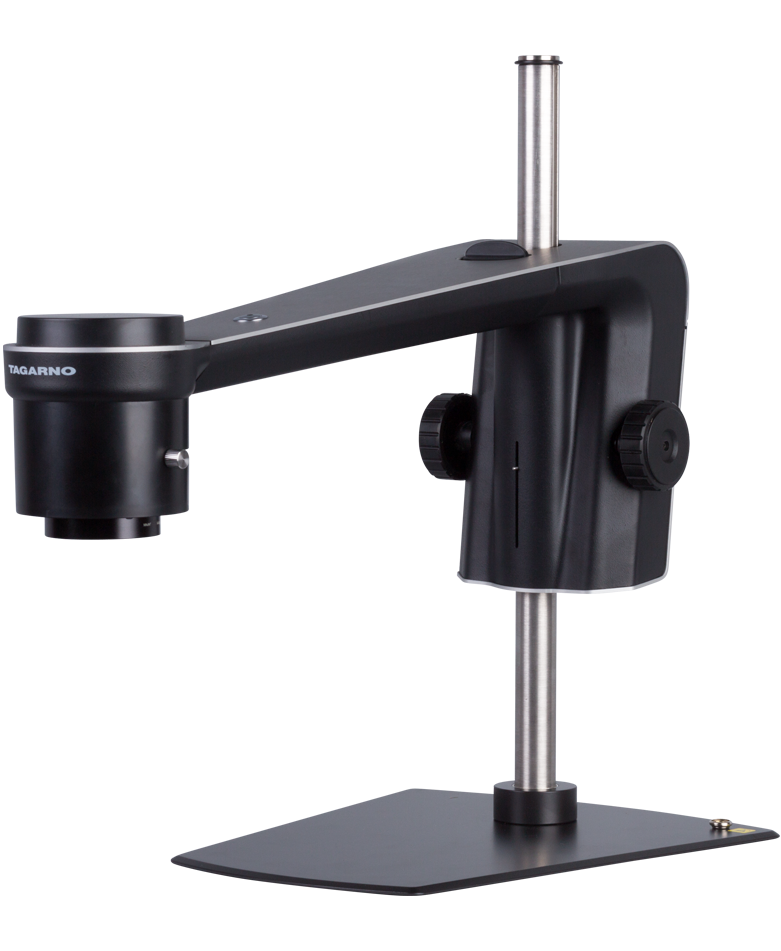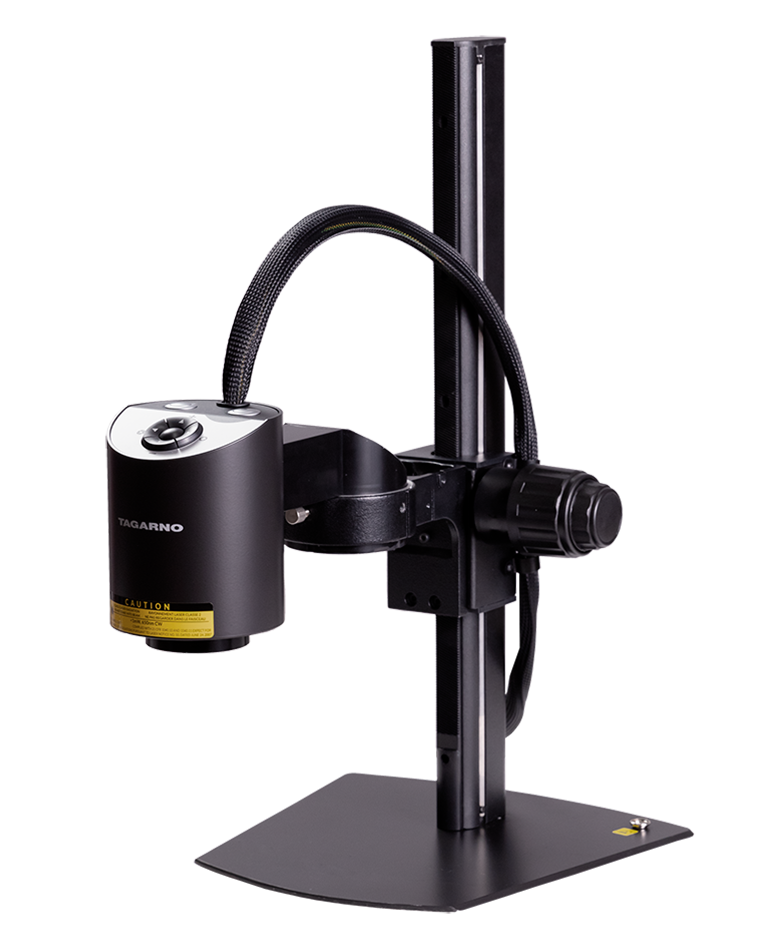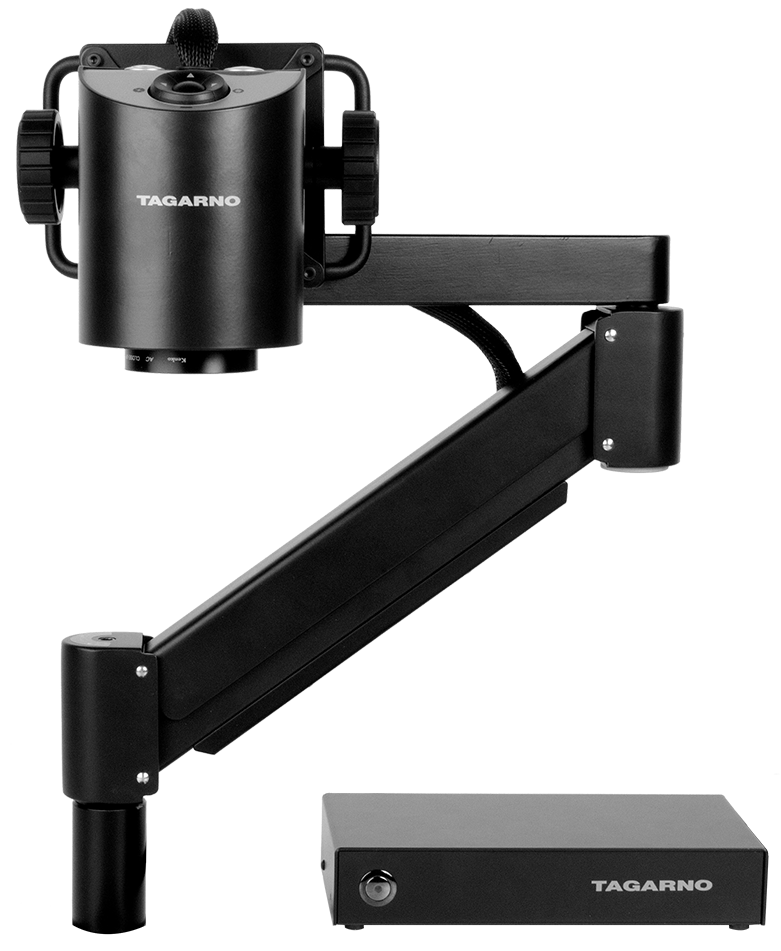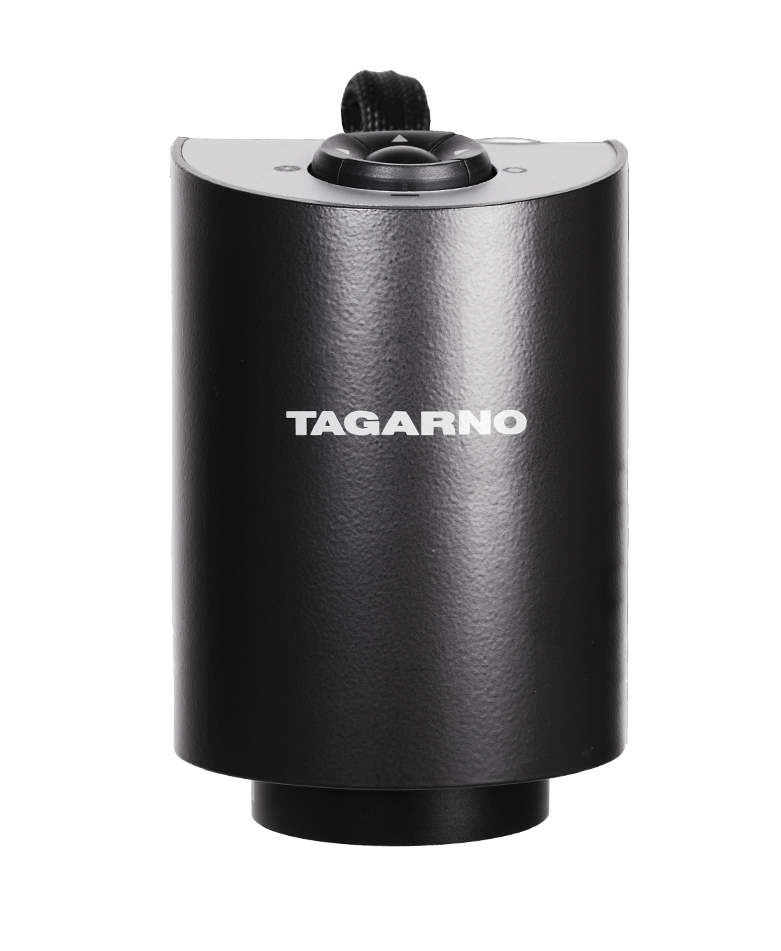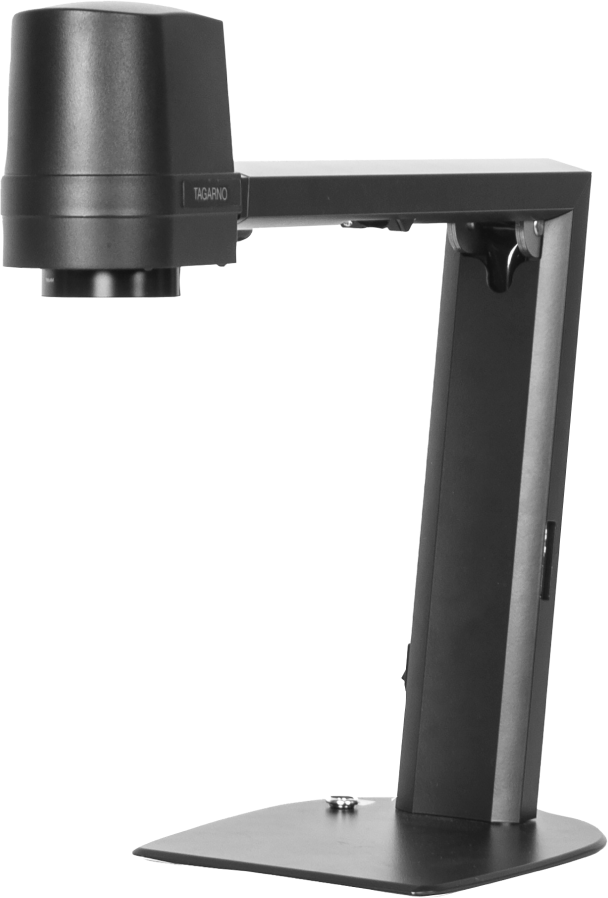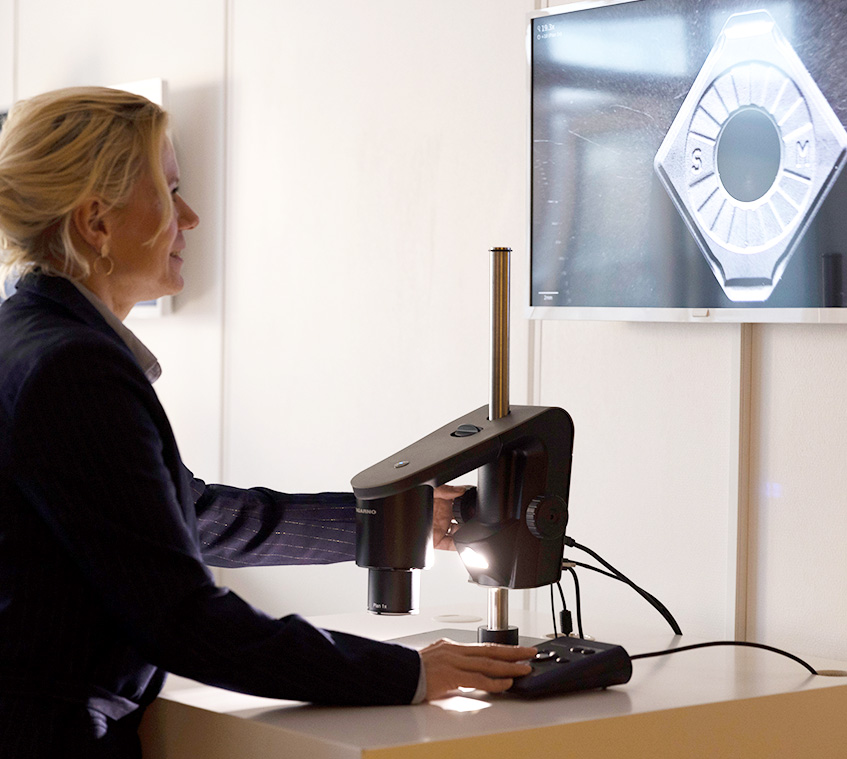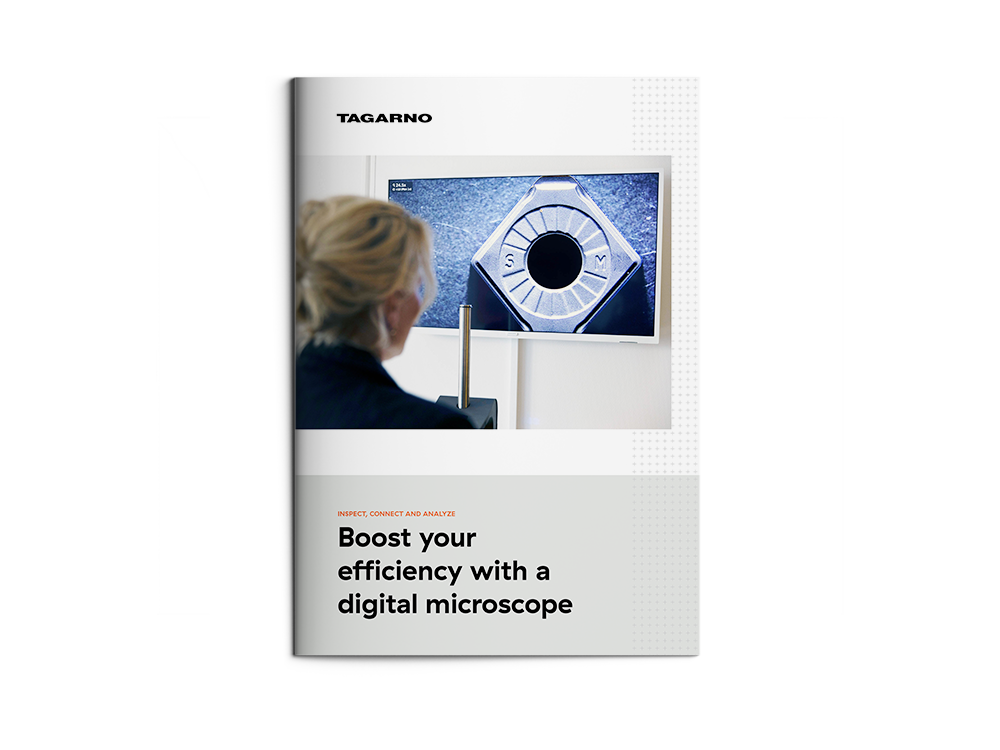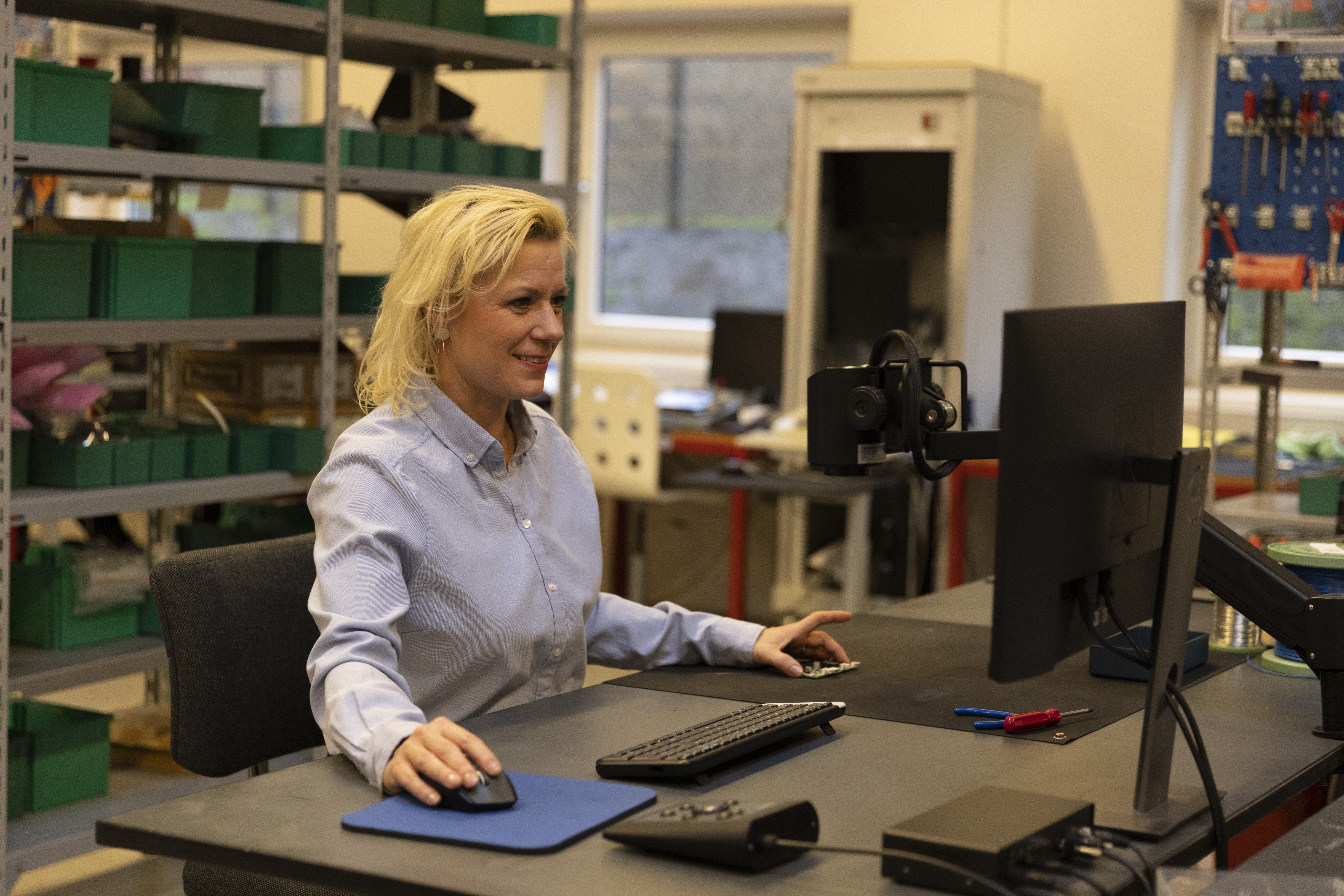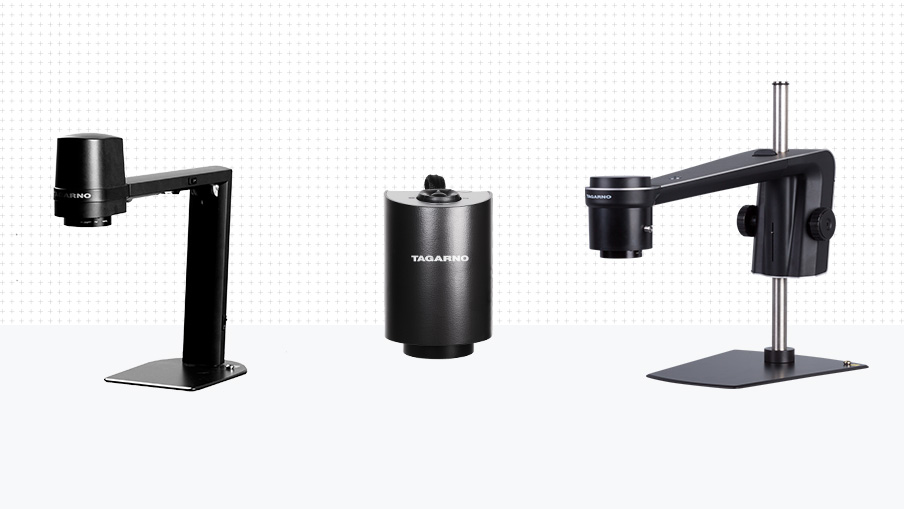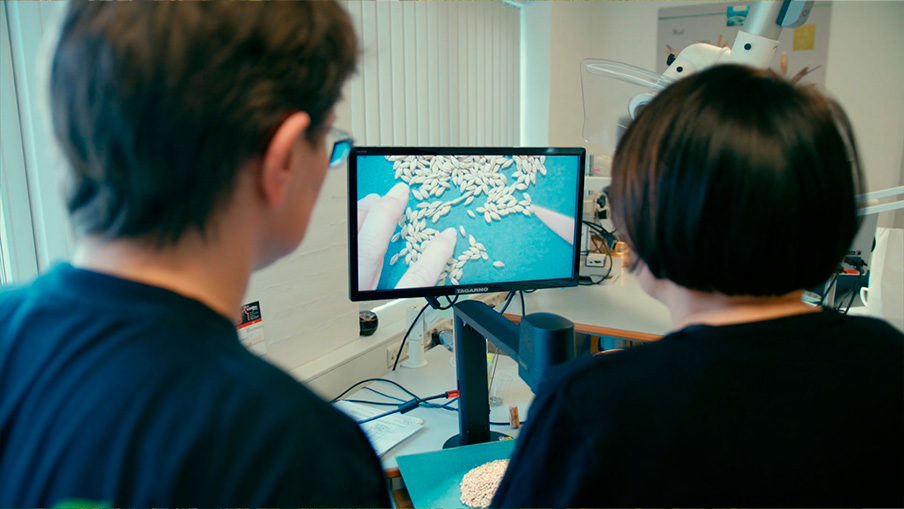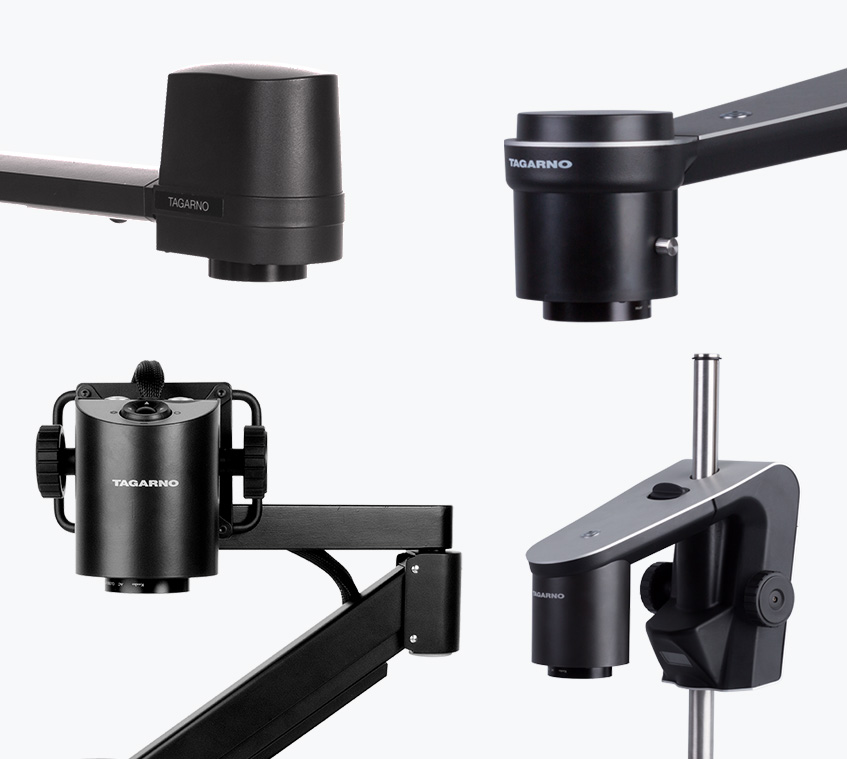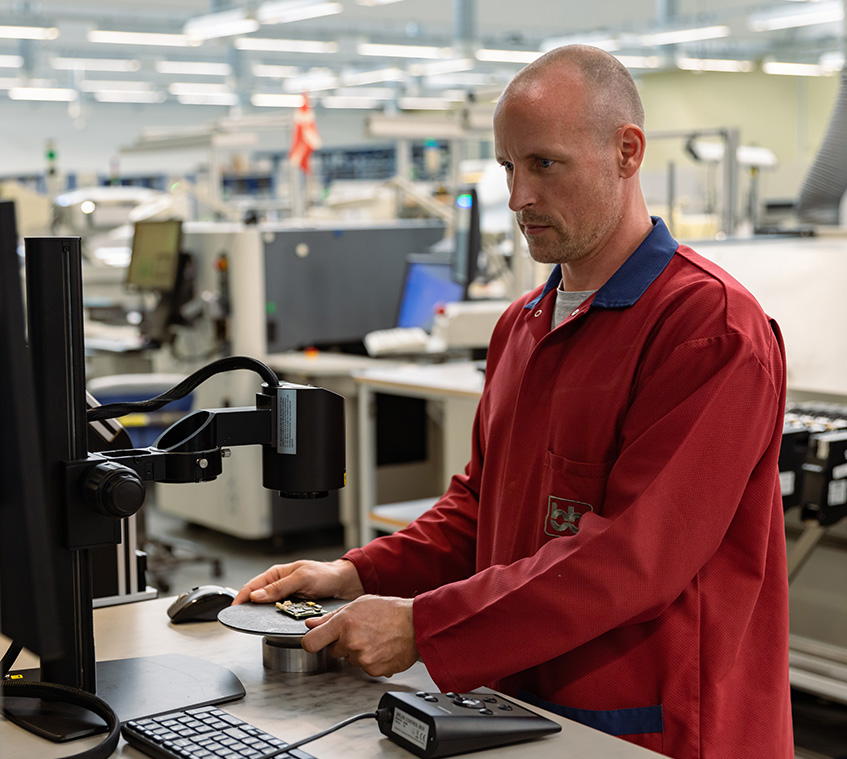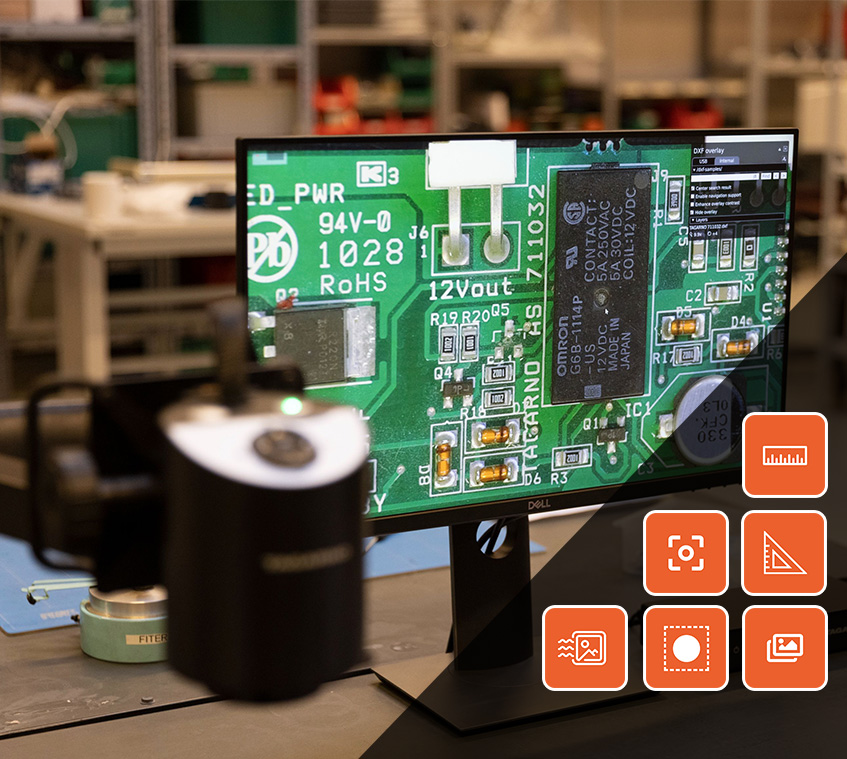What are the benefits of a digital microscope?
As opposed to stereo microscopes, digital microscopes have auto-focus. This makes it easy to move samples around to inspect them from every angle without needing to adjust the stage or lens. The microscope will focus on its own. If you look at samples with big changes in height or uneven surfaces, this will be of great advantage.
Some of the most important benefits of a digital microscope are:
- Great user experience
- Customizable with software and firmware releases
- Easy data saving and storing processes
- Reducing work pain with ergonomic use
Digital microscopes are often very intuitive to use and creating documentation of your work only requires a press of a button. Similarly, making sure that whatever you’re inspecting is in focus under the microscope has never been easier with digital microscopes using auto focus. If, however, you need to focus on a specific area of the sample, simply change to manual focus and adjust accordingly.
Using a monitor rather than an eyepiece, the digital microscope also helps the user maintain proper posture. Compared to traditional microscopes that often create awkward postures and repetitive movements, this relieves the operator of neck, back and shoulder pain while also improving their productivity.
Lastly, the lower buy-in costs of a digital microscope combined with the many software capabilities available when going digital can take your visual inspection processes to the next level.
